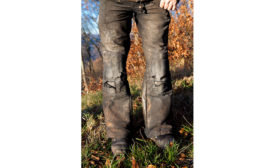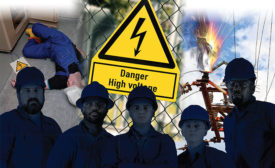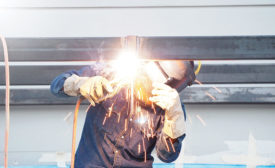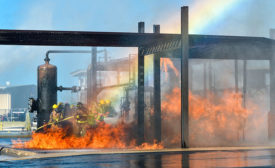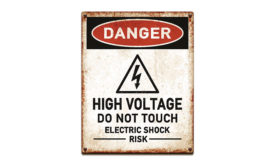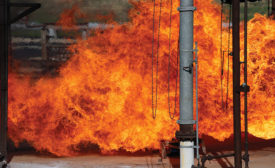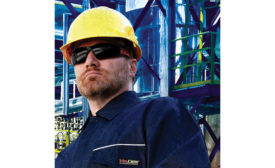Home » Keywords: » arc blast
Items Tagged with 'arc blast'
ARTICLES
NFPA 70E’s focus on preventing human error
All about human performance, error precursors & risk
October 1, 2019
Maximize FR protection
Consider all your workplace exposures to ensure compliance
July 15, 2019
Arc blasts can ruin hearing
Sonic blasts can result in immediate & permanent damage
June 3, 2019
Selection, care & use of FR garments
NFPA 2113 standard spells it out for you
January 18, 2019
2019 top standards- NFPA Voluntary Standards
NFPA 70E electrical safety standard
NFPA-70E®-2018 Standard for Electrical Safety for Employee Workplaces®
January 3, 2019
FR protection is effective, comfortable & stylish
No sacrifices necessary
September 24, 2018
Designing a multi-hazard FR PPE program for petroleum refineries
Expect the Unexpected
September 18, 2018
Become a Leader in Safety Culture
Build your knowledge with ISHN, covering key safety, health and industrial hygiene news, products, and trends.
JOIN TODAYCopyright ©2025. All Rights Reserved BNP Media.
Design, CMS, Hosting & Web Development :: ePublishing
